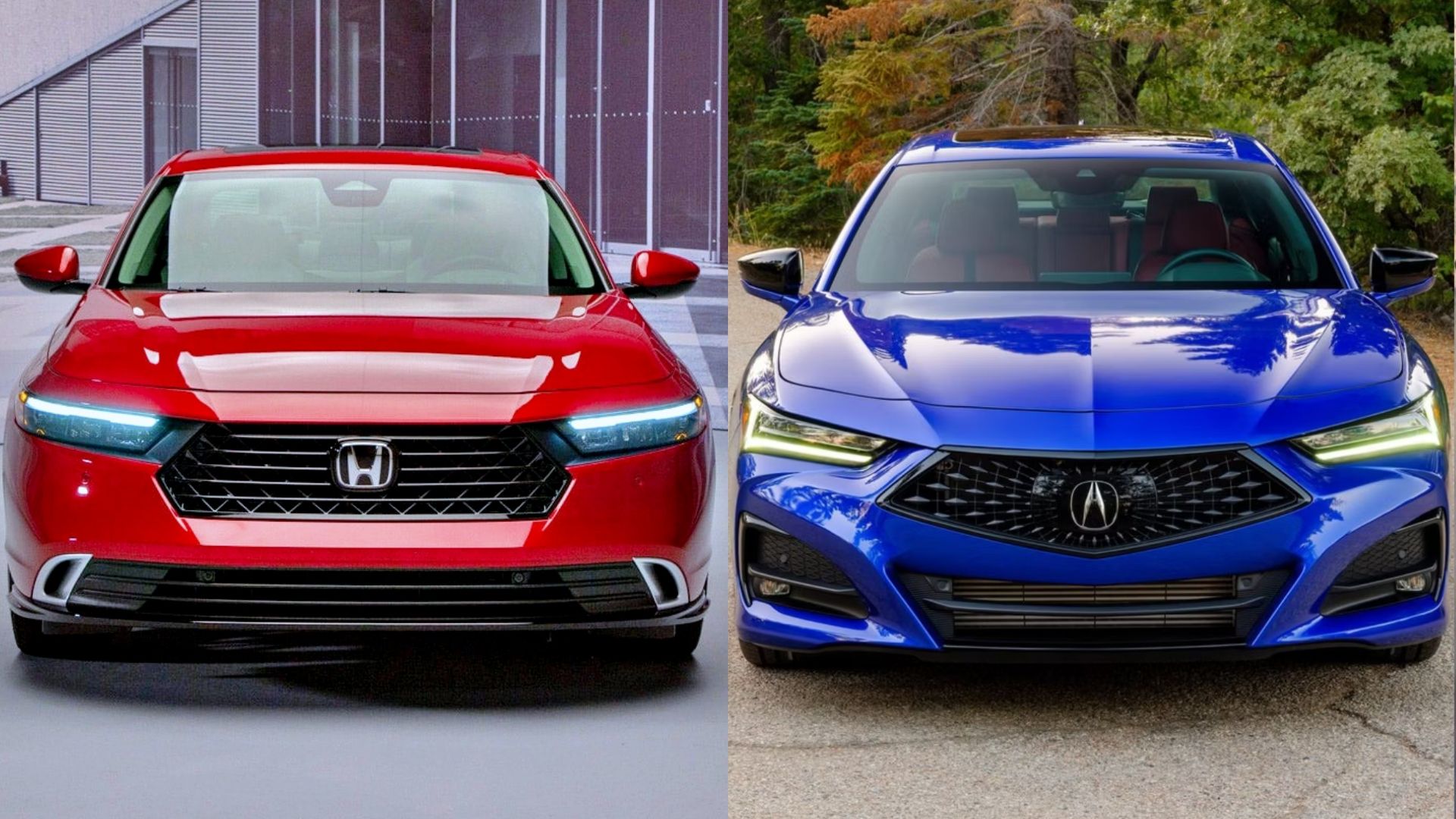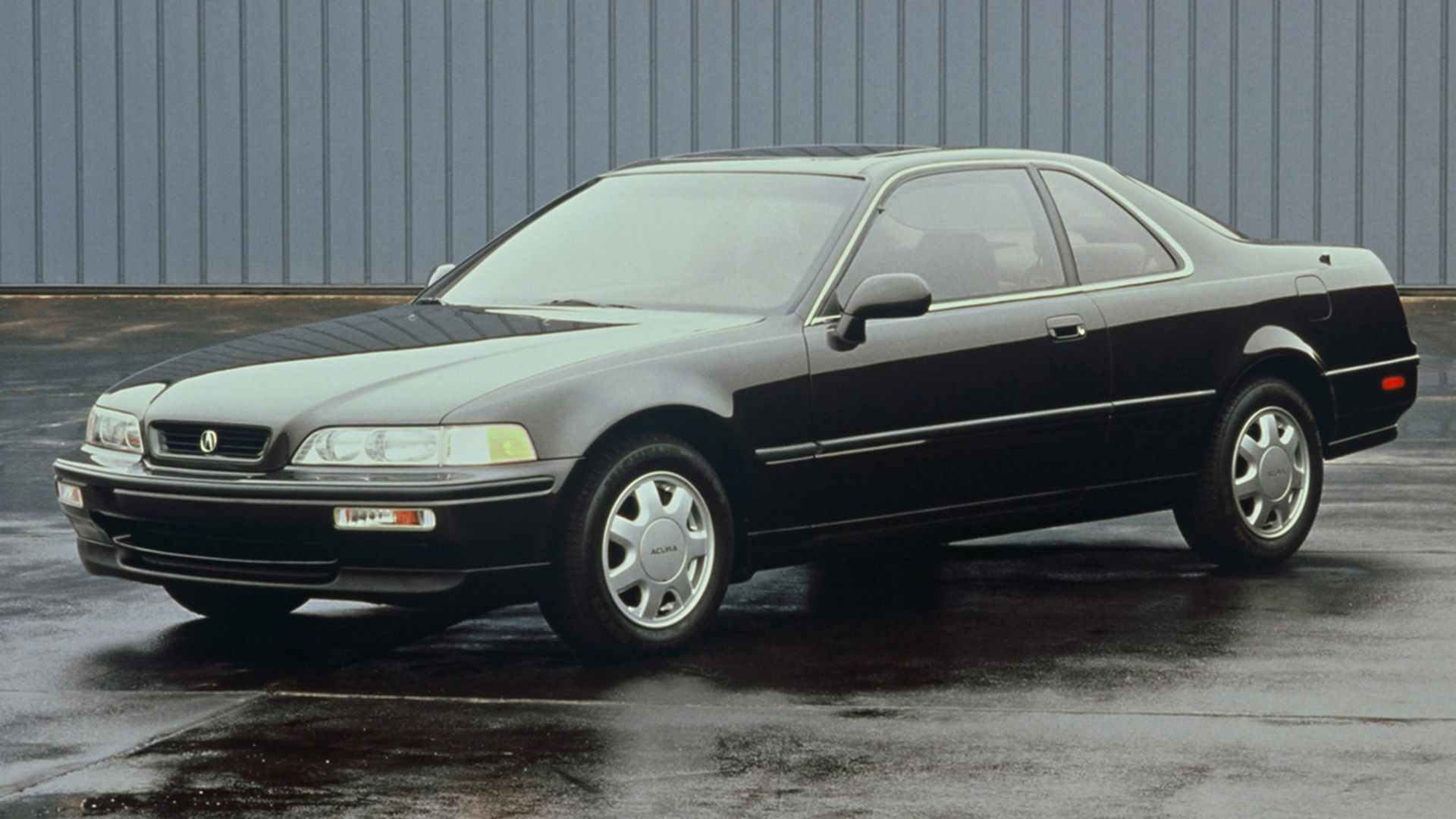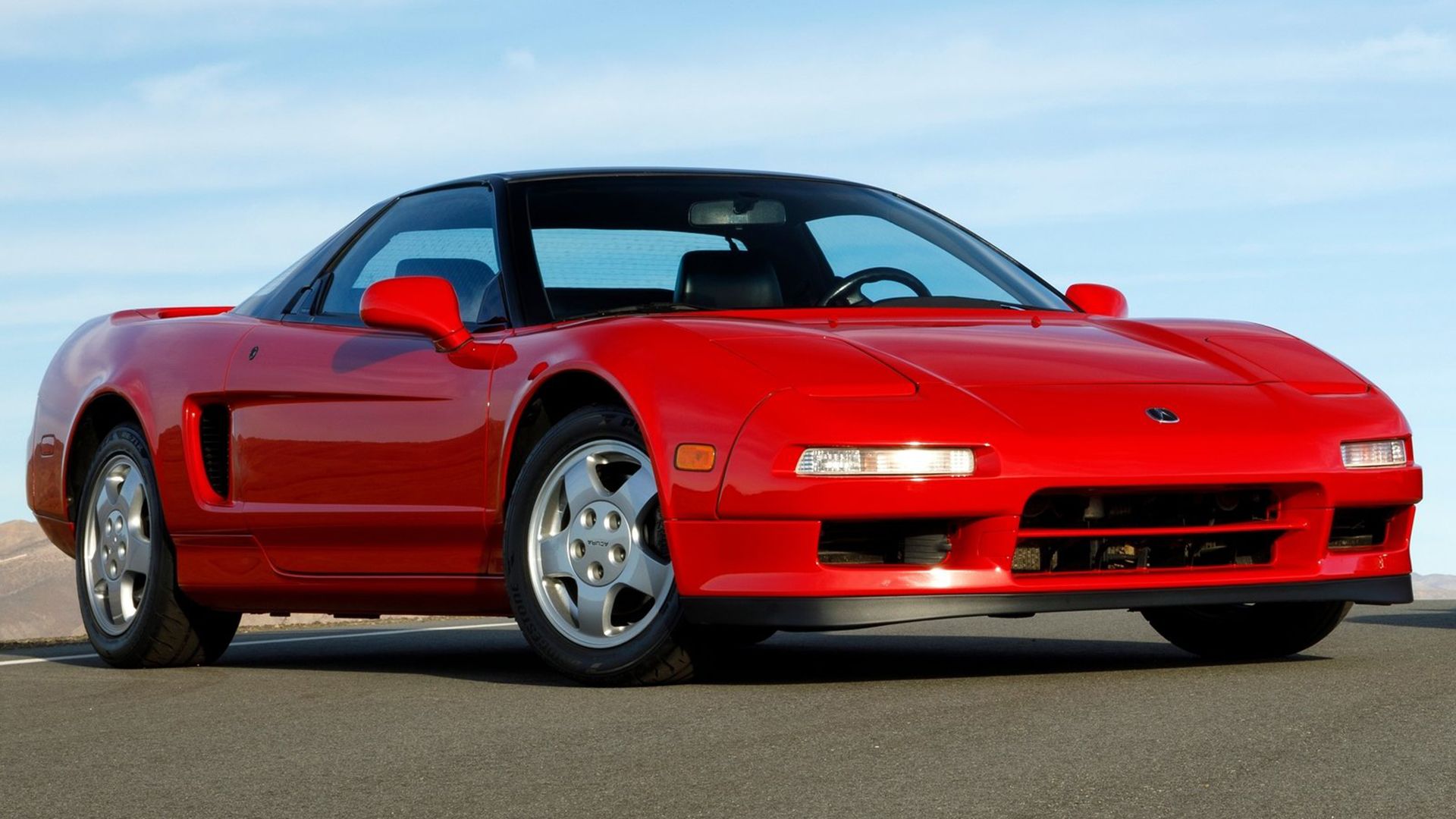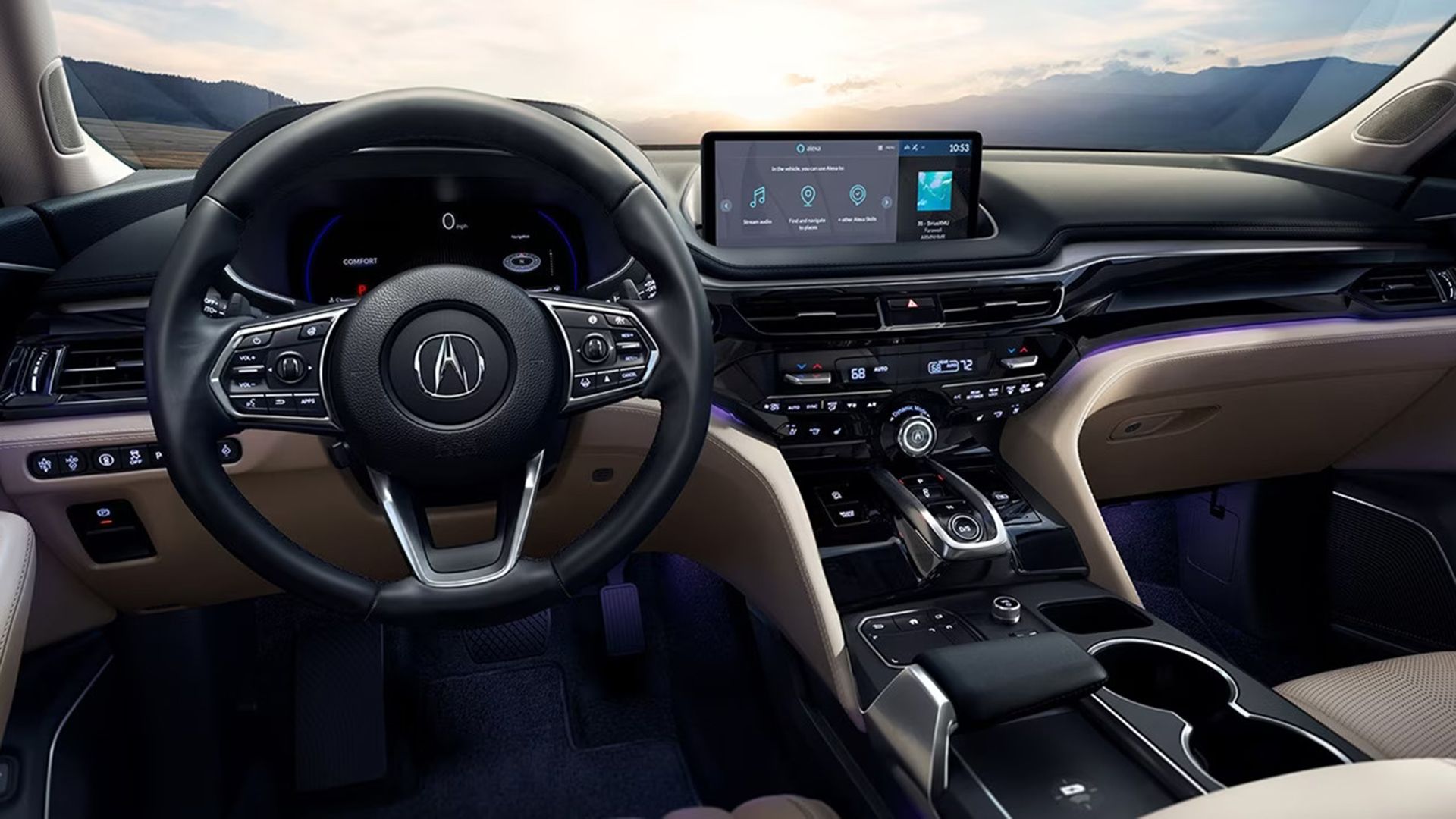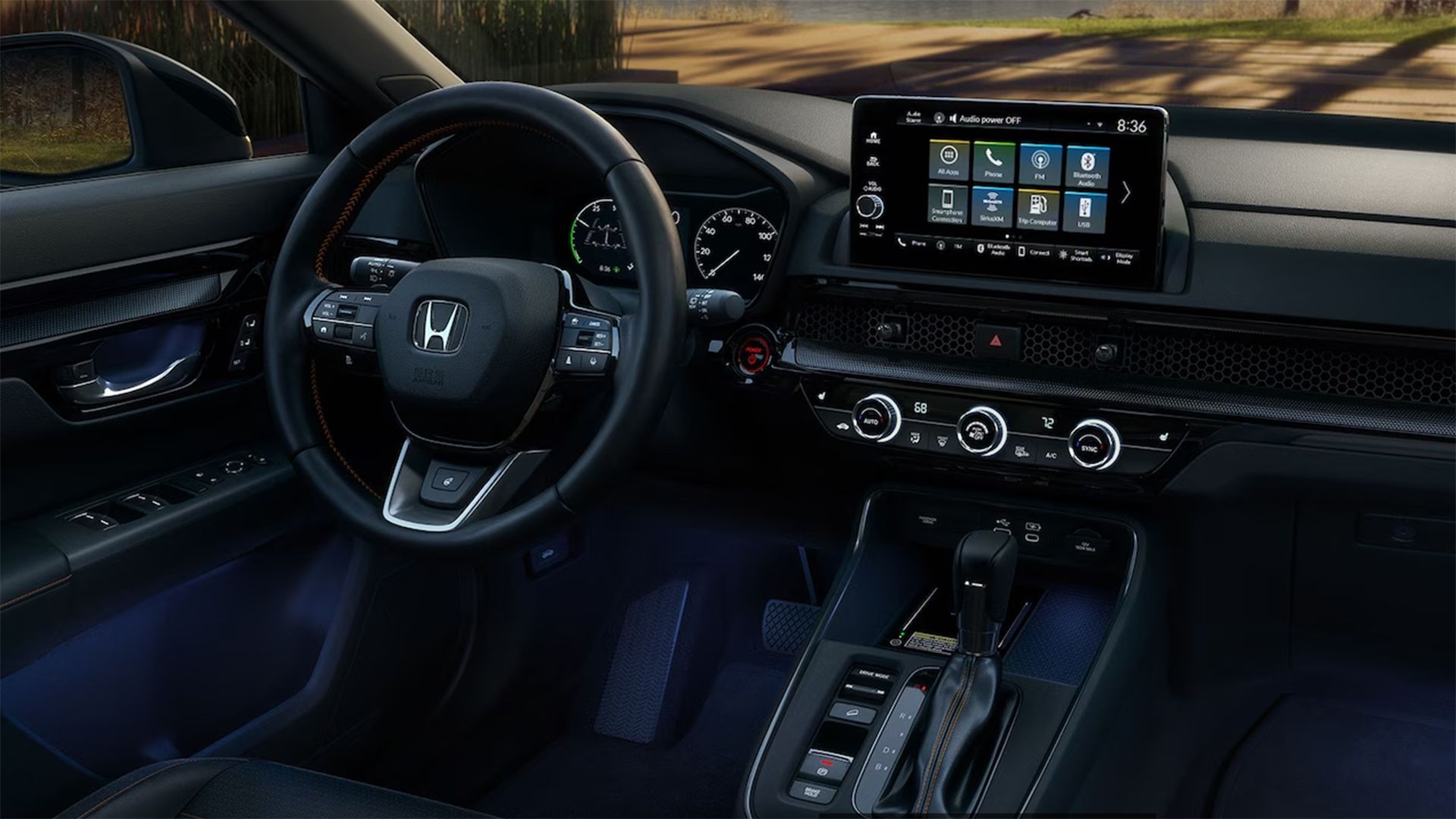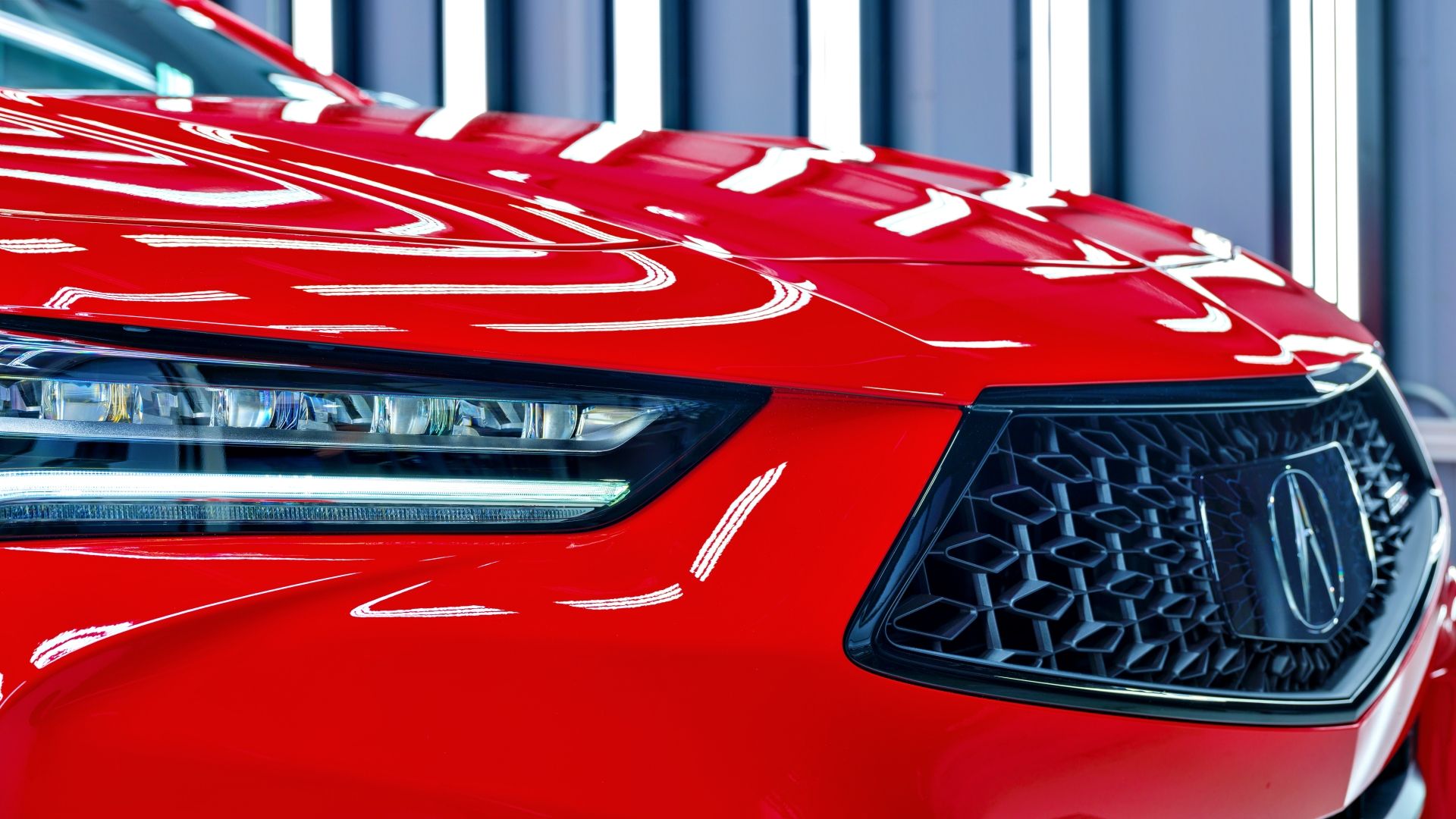Summary
- Acura was introduced by Honda in 1986 as a luxury brand targeting the American market, combining Honda's reliability with premium materials and design.
- Acura's success came from offering luxury features at a more affordable price, with popular models like the Legend outselling competitors.
- Acura vehicles have more premium features and technology than Honda counterparts, but a limited vehicle lineup and higher price point compared to Honda’s more diverse offerings.
Sister car brands as we know them are two companies each with their own set of goals and targets that function under the same umbrella. Having existed for more than a century at this point it's easy to spot that one brand typically provides vehicles for everyday masses whereas the other offers more luxurious counterparts of the same with plenty of premium features and in some cases higher performance. This was the case with Acura and Honda as the former was introduced as the first dedicated luxury brand by the latter in 1986 ahead of Lexus and Infinity.
Of course, the main goal of Acura as a brand was to sell luxury versions of Honda vehicles but mainly targeting the American market. They focussed on combining Honda’s renowned simplicity and reliability with premium materials and design that would appeal to luxury car buyers. The plan worked and eventually Acura became among the bestselling luxury brands competing with the likes of BMW and Mercedes. So, let’s take a close look at how Acura has capitalized on formulating its own design and brand identity to help differentiate it from its parent company Honda.
Inception Of The Legend
One of the key reasons why Acura as a luxury subsidiary brand of Honda exists is due to the fact that the auto exports to the United States surged during the 1970s because Japanese cars were fuel-efficient and met US pollution standards. Another reason behind this was the US imposing automotive tariffs on Japan that voluntarily limited the number of cars sold by Japanese automakers in the US and hence Honda had to make more premium cars to make up the difference. A decade of research resulted in Honda launching the Acura brand in 1986 and opening 60 new dealerships of the same as a means of support.
Their first flagship sedan came in the form of the Legend whose journey began in 1981 when Acura first began designing it and codenamed it Project HX. Alongside this executive sedan, Acura also introduced the Integra hatchback, available in both three-door or five-door guise, as a sportier, upscale coupe alternative to the Honda Civic. Coming back to the Legend, it was a sedan that hosted features that were found in much more expensive cars at a much more affordable price.
Combine that Honda’s famous high build quality, a truly plush and comfortable interior along with unique features like a moon roof, pre-set radio station channel selector, an 80W four-speaker cassette tape stereo, and you had a car that became a sales hit. Throughout its 11-year production run from 1986-1997, the Legend nameplate saw two generations and overall Acura sold close to 480,000 units in total of the same.
This combined with sales of the Integra resulted in Acura outselling longtime luxury Marques BMW and Mercedes-Benz as well as Toyota's new luxury division Lexus. Another vehicle that would seal the Acura name was the introduction of the NSX which ran from 1991-2005. It was a mid-engine sports car that was built to take on Ferrari at the time and was styled by Pininfarina. In most parts of the world, it was known as the Acura NSX but remained a Honda in Japan and parts of Europe.
Acura Vs. Honda: The Difference Is On The Inside
Since Acura has been established as the luxury arm of Honda, it is obvious that the former’s vehicles are equipped with more premium features and technology than their latter counterparts. For instance, some upper-level trims of Acura vehicles feature a higher-end Milano leather that has proven to be durable while also being soft and comfortable whereas Hondas typically have cloth seats as standard. Additionally, the sound systems within most Acura also feature ELS Studio speakers and electronics, carrying up to 16 speakers and immersive sound.
An example to prove this would be to compare Acura’s three-row SUV, the MDX with Honda’s equivalent, the Pilot. The Pilot as a standalone vehicle is equipped with plenty of features on higher trims such as leather-trimmed seats, heated front and second-row seats, ventilated front seats, one-touch second-row seats, Apple CarPlay and Android Auto integration. Meanwhile. The MDX sees more advantages courtesy of the Honda Sensing suite features which are standard and improved interior tech and amenities which can be seen below:
- Lane departure warning
- Collision mitigation braking system
- Rearview camera
- Blind-spot monitoring
- 8-speaker sound system
- Sports seats with a premium leather-trimmed interior
- 12-way powered front seats
- 50/50-split third-row seats
- Tri-zone automatic climate control
A Streamlined, More Powerful Model Line-up
Compared to Hondas diverse range of models; Acura only has a select line-up of sedans, crossovers, and full-size SUVs which cater to the masses looking for something luxurious. However, the drawback of this is that they have a limited range of vehicles since Honda offers hybrid sedans and SUVs, a subcompact SUV, a minivan, and pickup trucks.
This limits Acura from catering to everyday masses looking for more variety and relegates its sister brand from reaping the benefits of offering more vehicles. This can be seen when the sales figures are involved because, in the US, Honda has sold over a million units annually since the mid-2000s whereas Acura has sold between 100,000 and 180,000 units annually in the same timeframe.
It may seem as though Honda is the better and more popular brand than its own luxury arm from this example but a very important fact that must be remembered is that each brand has its own strengths and cater to different buyers and purposes.
Additionally, since Acura develops and builds vehicles to compete in the the luxury segment, they warrant a premium of $10,000-$20,000 over their Honda counterparts. This can be further attributed to the fact that Acura vehicles inherently offer higher performance with examples like the TLX putting out 272 horsepower from its four-cylinder turbocharged engine and the Accord developing 252 horsepower from the same powertrain.
Civic | $23,950 | 31 city/ 40 hwy/ 35 combined mpg | Integra | $31,500 | 30 city/ 37 hwy/ 33 combined mpg |
Accord | $27,295 | 29 city/ 37 hwy/ 32 combined mpg | TLX | $40,050 | 22 city/ 31 hwy/ 25 combined mpg |
CR-V | $29,500 | 27 city/ 32 hwy/ 29 combined mpg | RDX | $41,750 | 22 city/ 28 hwy / 24 combined mpg |
Pilot | $37,090 | 19 city/ 25 hwy/ 21 combined mpg | MDX | $49,550 | 19 city / 26 hwy / 22 combined mpg |
Another reason behind Acura vehicles being costlier than their Honda counterparts would be that both brands offer distinct all-wheel-drive systems. Most Acura models do feature the SH-AWD system, which is short for Super Handling – All-Wheel Drive.
This is designed to tune itself for performance driving and acceleration, especially on dry surfaces, and it automatically senses torque and lateral forces that might reduce traction and overall control. Unlike Honda’s Real Time All-Wheel Drive system which helps maintain or control aggressive driving under inclement conditions like snow, the SH-AWD system is more enthusiast-oriented to help Acuras corner better.
Is The Premium Over Honda Models Warranted?
If we have to draw a conclusion based on all the information, then it's clear that Acura and Honda each have their own strengths, and it's also important to remember that along with other Japanese luxury arms like Infiniti and Lexus, Acura was created to produce and develop models catering to luxury buyers for the American market. In many respects, Acura has achieved that goal since they have succeeded in creating not just sophisticated and reliable cars but also performance-oriented ones in the form of the ‘Type S’ models.
Despite a few shortcomings such as the infotainment screen lacking the touch functionality and instead controlled by a touchpad in the center console, limited cargo space compared to some competitors of the same segment, and having a stiff ride in some cases, Acura cars have the benefit of being offered with a longer, more substantial warranty starting with a four-year, 50,000-mile standard warranty and a six-year, 70,000-mile powertrain warranty.
This is to be expected of course considering that Honda offers a bit less with three years, 36,000 miles for standard, and five years, 60,000 miles for their powertrain which is in tune with their vehicle’s prices. So even though Honda models will remain a more value-oriented proposition, Acura’s with their more outwardly designs, potent powertrains, and sumptuous interiors do justify the higher price tags.

